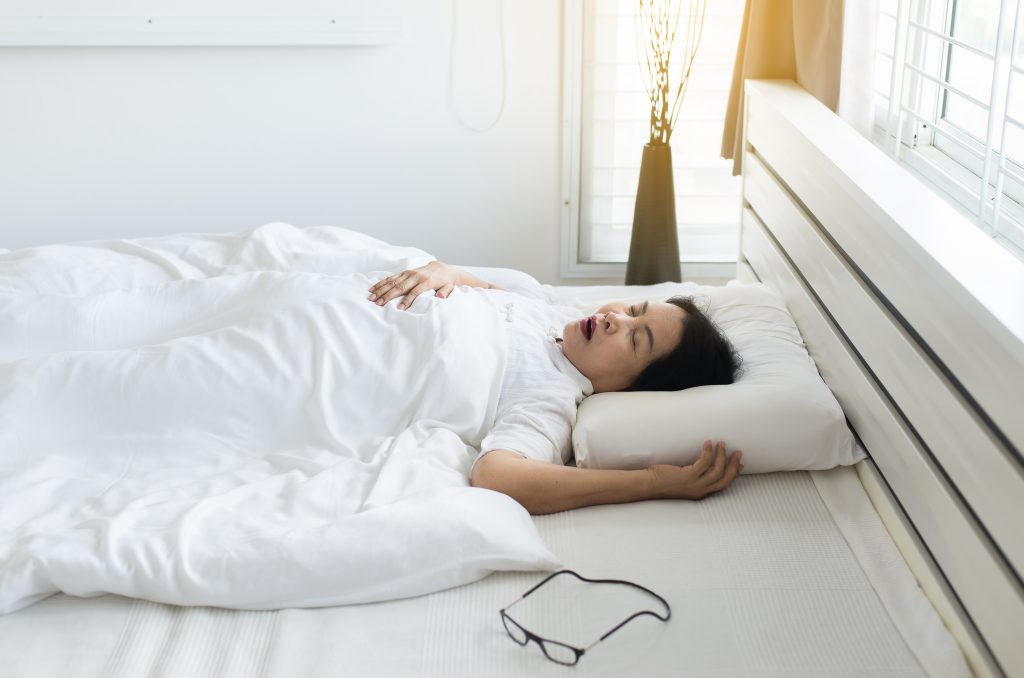Kidney stones often have no definite, single cause, although several factors may increase someone's risk. While diet can be one of those factors, there are[...]
Recent studies have shown a strong link between hearing loss and cognitive decline, with severe hearing loss increasing the risk of cognitive decline by up[...]

Sleep probems can increase someone's risk of stroke. Sleep problems can include too little sleep (less than five hours), too much sleep (more than nine[...]
The journey of a cancer survivor often extends far beyond the triumphant ringing of a brass bell, signaling the end of treatment. Sonya Goins received[...]
A hemangioma, also known as a strawberry birthmark, is a bright red birthmark that shows up in the first or second week of life. It[...]
Editors note: May 31 is World No Tobacco Day From the traditional cigarette to the modern electronic cigarette, from the communal hookah to the discreet[...]

Skin cancer is the most common cancer in the U.S., and it only takes one blistering sunburn during childhood or adolescence to nearly double a[...]
Stomach cancer is caused by an uncontrolled growth of cells that starts in the stomach. Most stomach cancers are found when the disease has spread[...]
Most small kidney stones can pass on their own. However, kidney stones that are too large to pass on their own or cause bleeding, kidney damage or[...]
As people age, bones lose some of their structure. Osteopenia and osteoporosis are both conditions in which bones become less dense and, therefore, can break[...]
Environmental exposures can accumulate in your body from the air you breathe, the food you eat, products you touch, water you drink, and more. These[...]
Phlebotomy technicians collect blood from patients and prepare the samples for testing. Most work in hospitals and clinics, but some collect blood for donation purposes.[...]